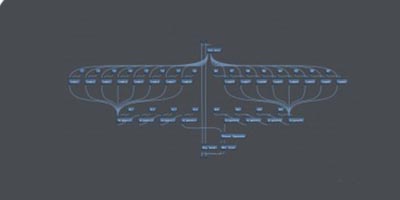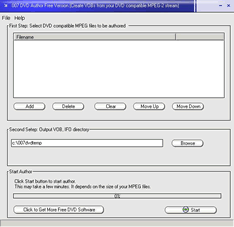


Some musicians like to keep older versions of their VST effects and synths alongside newer ones, particularly if radical changes have been made that affect CPU overheads or something about their sound. Otherwise when your clock gets correctly changed in this partition, the next time you boot into a different partition it will be changed again and your PC's clock will end up an hour out.
#Bidule vst Pc#
If your clock automatically adjusts itself for daylight-saving changes and you have a multi-boot setup, make sure the tick-box shown here is only active in your main Windows partition.Do you have the 'Automatically adjust clock times for daylight saving changes' option enabled in Windows' Date and Time properties? If you do, and if (like me) you've also got a multi-boot PC setup, make sure you disable this setting in all but your main Internet-enabled Windows partition.
#Bidule vst update#
ID conflicts between different plug-ins also tend to be quickly noticed by their developers, and often an update will be released a few days later to resolve an ID conflict reported by users. Fortunately, with many host applications that doesn't matter, and some developers even offer several versions of the same plug-in that just have different graphic interfaces and can co-exist peacefully in most host applications. ), but of course not every developer does this, so you may discover a few products with identical IDs.

Steinberg maintain a web database where developers can register their unique plug-in IDs (. Most seem to simply check for unique DLL filenames, but some also check the VST ID numbers. Such conflicts can result in plug-ins or instruments 'going missing'.Since most VST plug-ins and instruments comprise a single DLL file, the VST standard incorporates safeguards to prevent a VST host application from becoming confused in the event of you installing several versions of the same product in different VST plug-ins folders scattered across your hard drives (you can examine all the IDs in your system for duplicates using Toby Bear's freeware VST-Spy utility ( Hosts tend to use one of two methods when they first scan your folders for available plug-ins. It consists of four characters, such as 'Tas4' for AAS' Tassman 4, for instance, and 'Gig4' for Tascam's GVI (Giga Virtual Instrument).Įach VST instrument and plug-in should have its own Unique ID (displayed here using Toby Bear's VST-Spy), to avoid conflicts with others in some host applications. Identity CrisisĪt the heart of many VST instrument/plug-in issues is the VST ID, which is Steinberg's way of uniquely identifying a particular VST instrument/plug-in.
#Bidule vst how to#
Unfortunately, detection doesn't always run so smoothly, so this month I'm offering some background info on how it all works, plus suggestions on how to solve possible conflicts. Installing a plug-in or instrument is generally a pain-free experience: all you do is drop the appropriate DLL file into the appropriate VST plug-ins folder, and the next time you launch your sequencer the new device will be detected and added to the list of those available.

Nearly every PC Musician now uses a VST-compatible host application, so there are a lot of people out there installing new VST plug-ins and instruments on a regular basis. Have you ever had a VST plug-in 'go missing' when you've installed an update, or conflict with another that's been newly added to your system? PC Notes explains why it happens and offers some solutions.


 0 kommentar(er)
0 kommentar(er)
